Smart Electric Drive fortwo coupe Charging
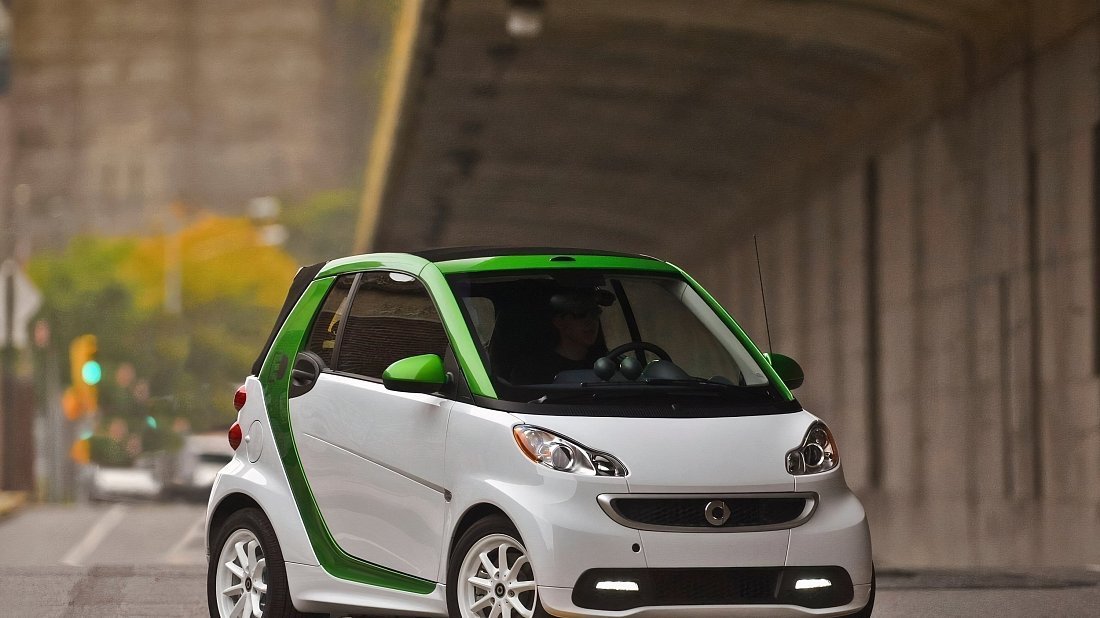
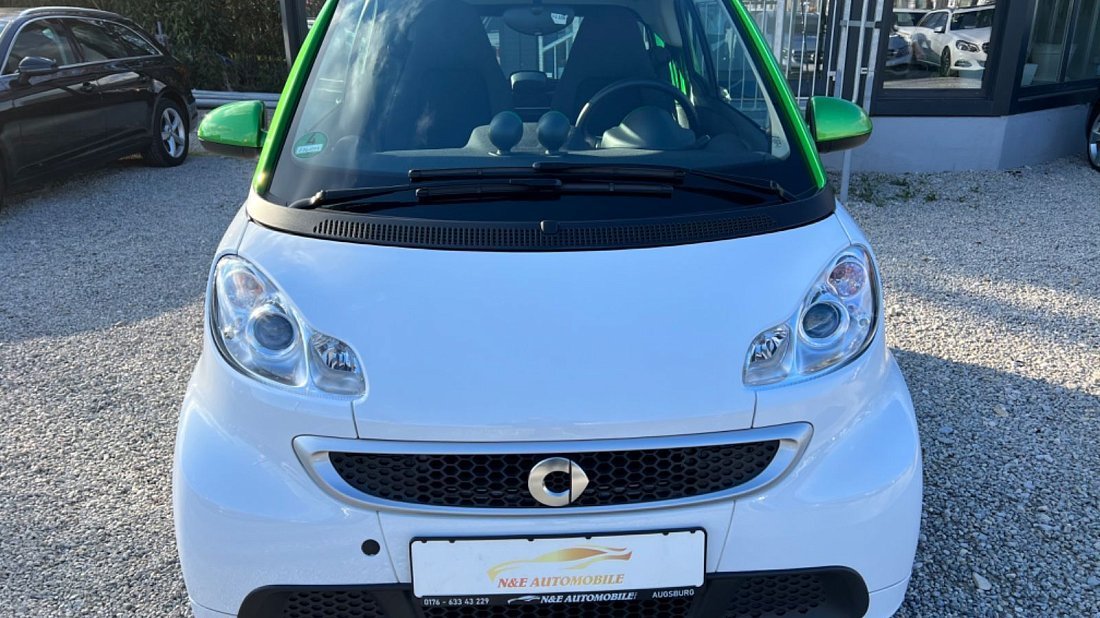
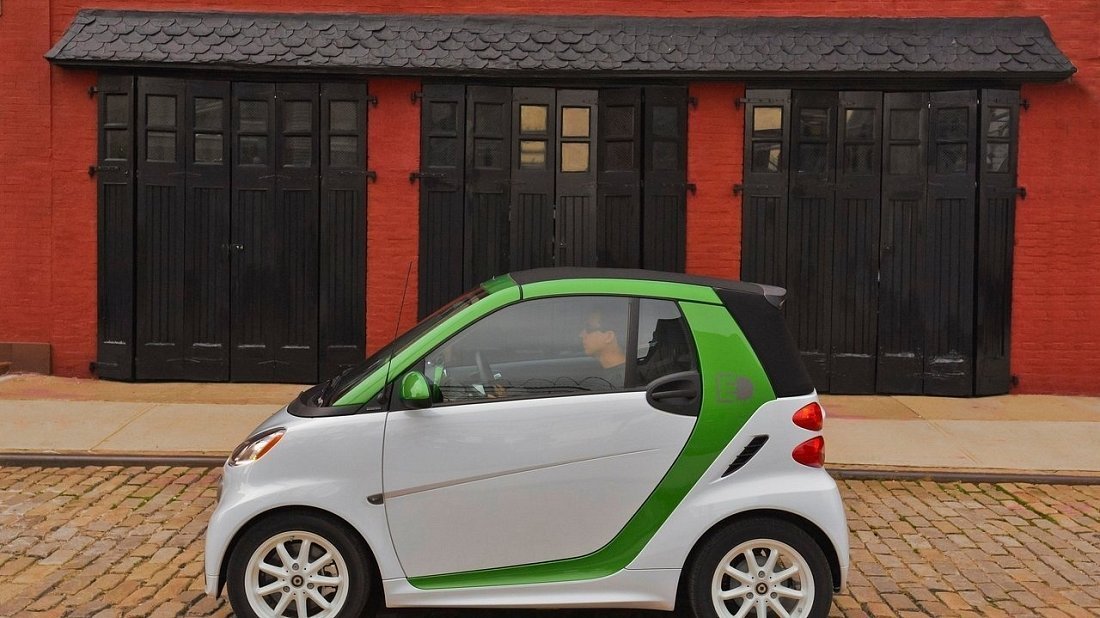
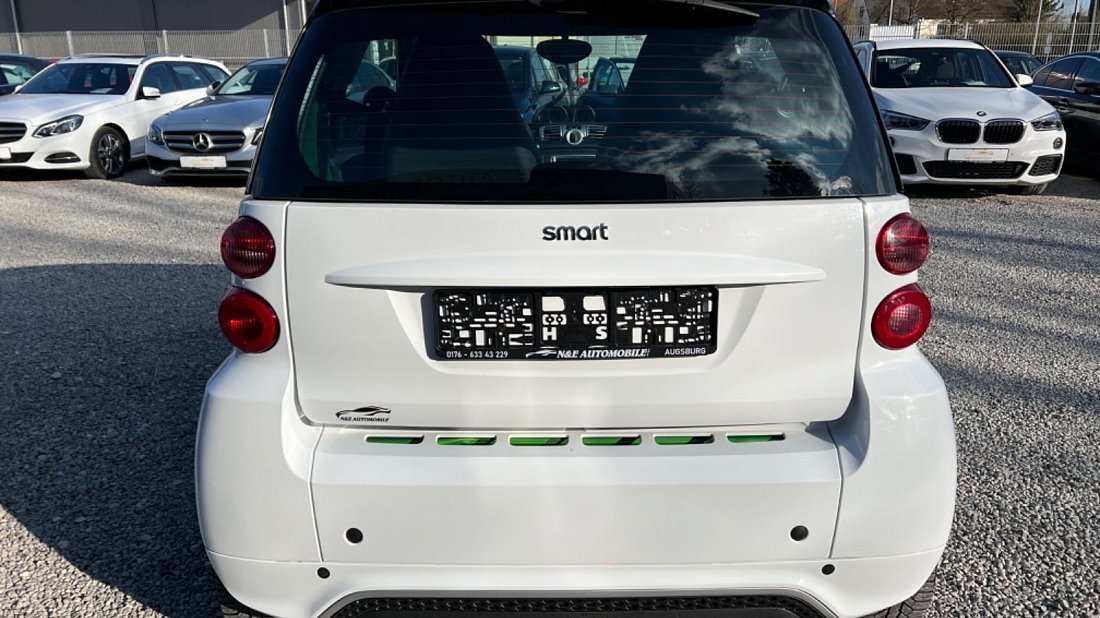
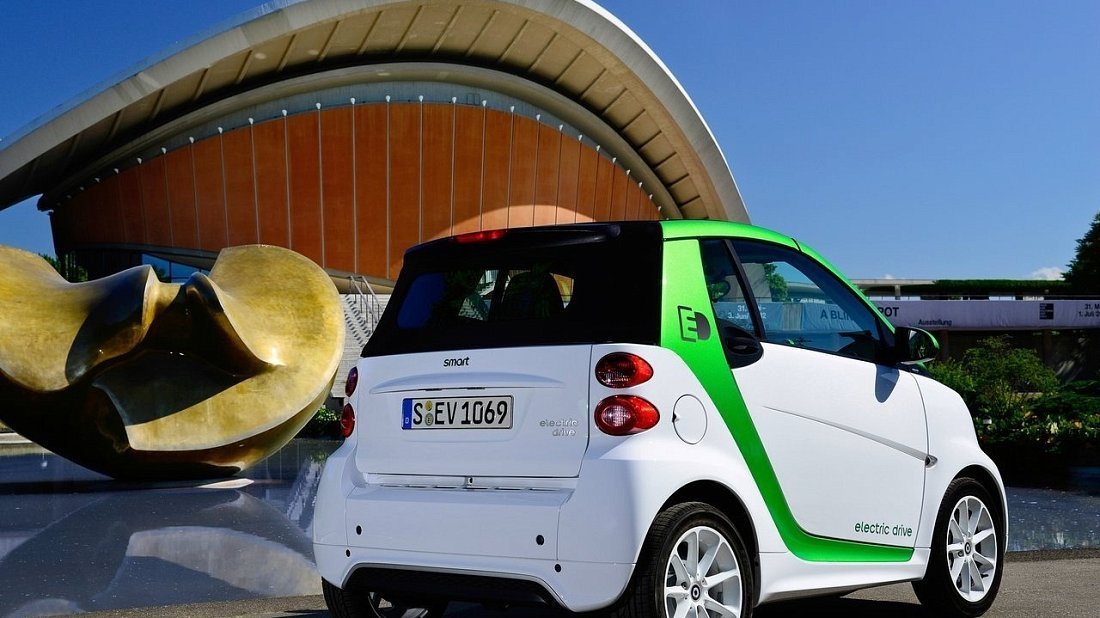
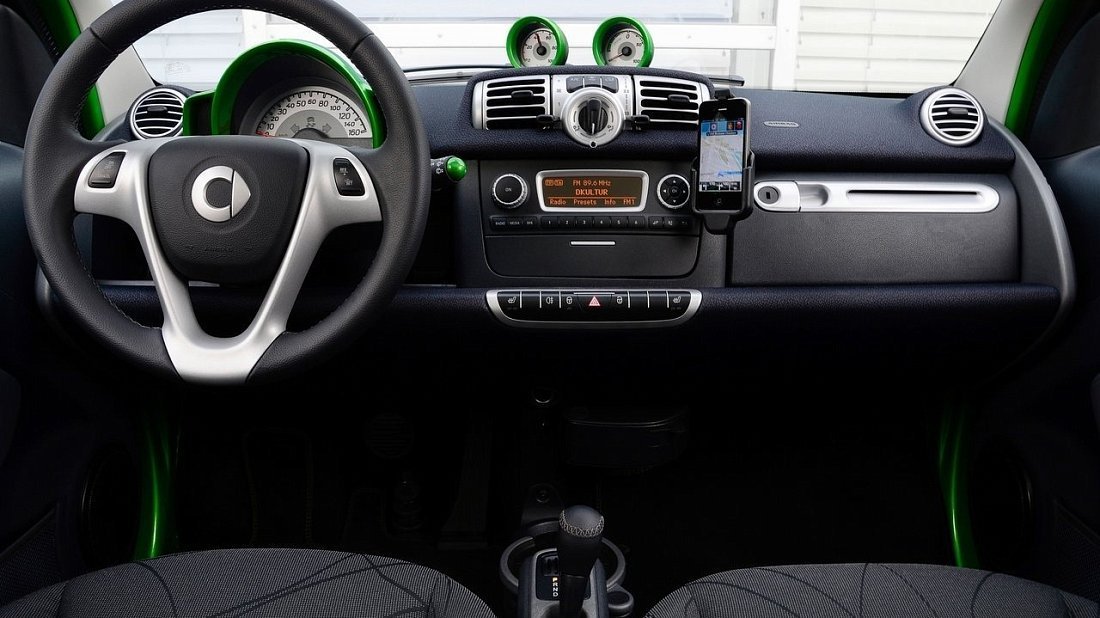
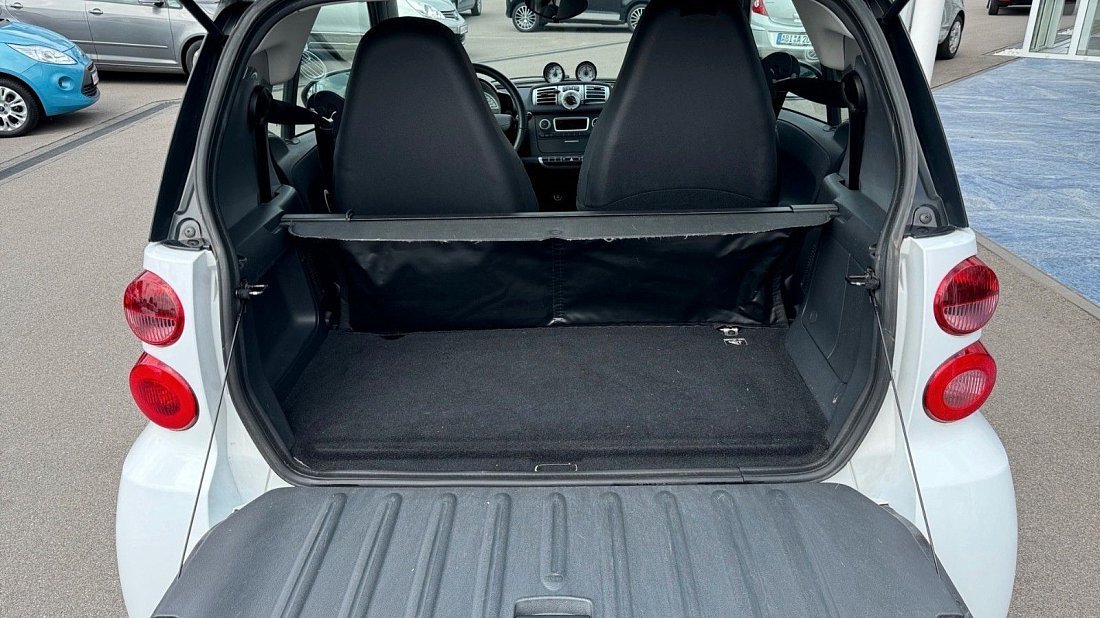
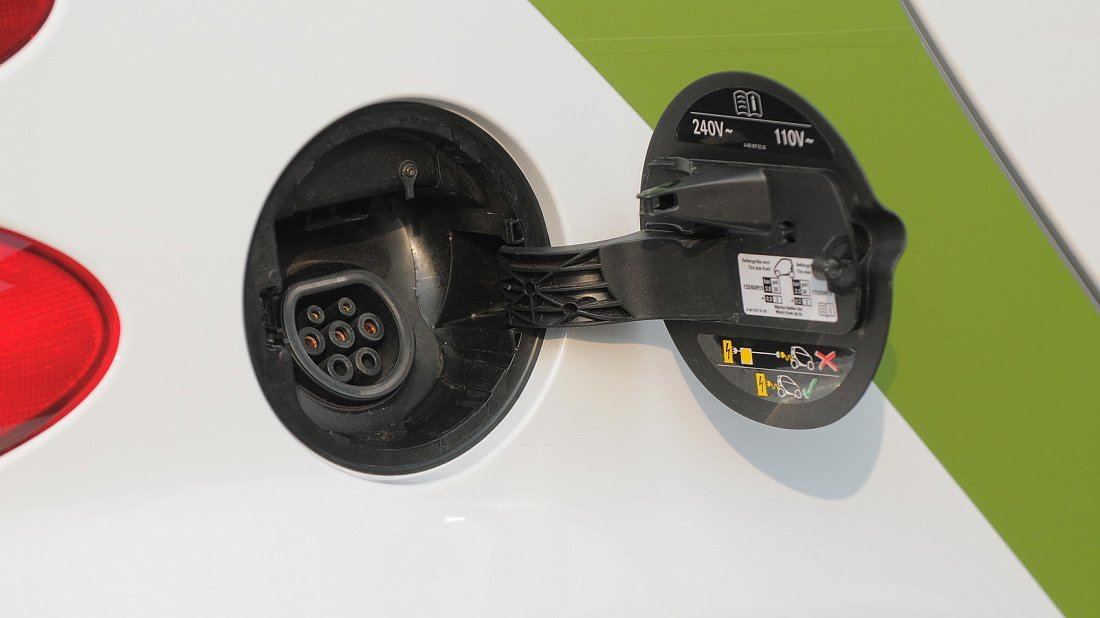
Charging Calculator
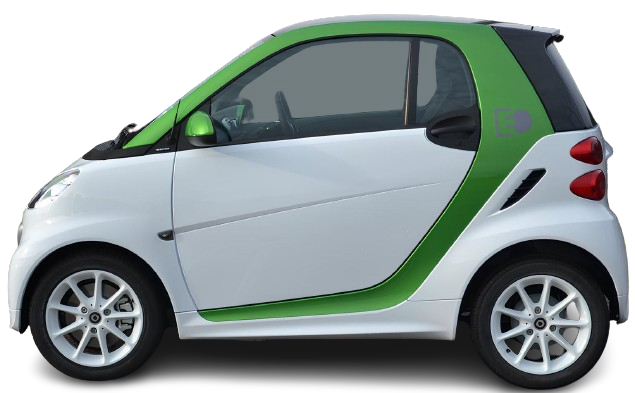
-
Type 1 (J1772)
Smart Electric Drive fortwo coupe (2012-2016) supports only AC charging. The car is built on a 400 V architecture and can charge at up to 3.7 kW AC.
The 17.6 kWh battery (16.7 kWh usable) delivers a real-world range of 66 miles per charge, with an average efficiency of 25.3 kWh/100 mi (3.95 miles per kWh).
Need Reliable EV Charging Gear?
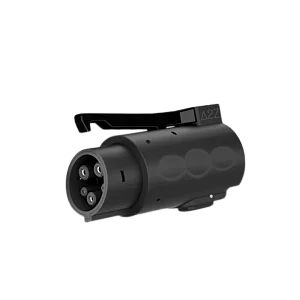
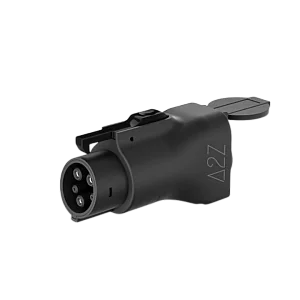
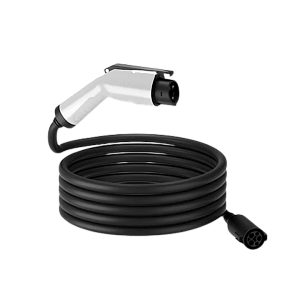
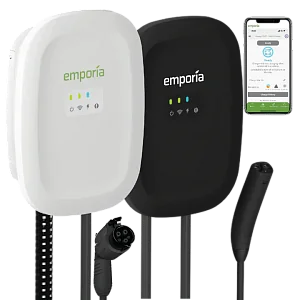
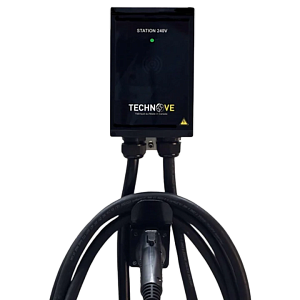
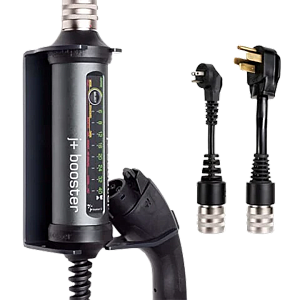
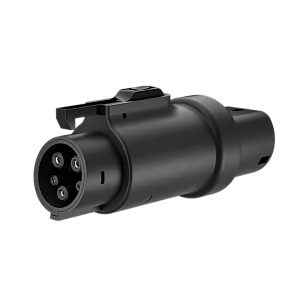
Choose Socket Choose Station
NEMA 5-15
- Output:
- 1.8 kW
NEMA 5-20
- Output:
- 2.4 kW
NEMA 6-20
- Output:
- 4.8 kW
NEMA 14-30
- Output:
- 7.2 kW
NEMA 14-50
- Output:
- 9.6 kW
NEMA 6-50
- Output:
- 9.6 kW
Adjust Manually
Charging Time, Rate and Cost
Summary
Charging the Smart Electric Drive fortwo coupe (2012-2016) from % to % using a outlet takes approximately h min. If you plug it in now, it'll be ready by .
This charging session adds kWh to the battery, resulting in an increase of mi in range, assuming an average car efficiency of 25.3 kWh per 100 mi. Put differently, you gain mi of range per hour of charge.
The average charging power is around kilowatts. It's influenced by various factors, including:- Car’s on-board charger capability (limited to kW)
- The car only accepts single-phase current (max 240 V)
- Battery temperature (slower charging in hot or cold conditions)
- Energy losses during transmission from the outlet to the battery (≈10%)
The estimated cost of this charging session is $, based on an electricity rate of $ per kilowatt-hour.
Curious about how the Smart Electric Drive fortwo coupe (2012-2016) stacks up against other electric cars when it comes to AC charging? Check out Green Cars Compare EV Rankings to see a side-by-side comparison.
Summary
Charging the Smart Electric Drive fortwo coupe (2012-2016) from % to % using a station takes approximately h min. If you plug it in now, it'll be ready by .
This charging session adds kWh to the battery, resulting in an increase of mi in range, assuming an average car efficiency of 25.3 kWh per 100 mi. Put differently, you gain mi of range per hour of charge.
The average charging power is around kilowatts. It's influenced by various factors, including:- Car’s DC charging capability (limited to 0 kW)
- The car’s DC charging capability at 400V stations is limited to 0 kW
- Battery temperature (slower charging in hot or cold conditions)
- Battery state of charge (charging slows down near empty or full)
- Charging station limitations (full nominal power isn't always attainable)
- Energy losses during transmission from the station to the battery (≈10%)
The estimated cost of this charging session is $, based on an electricity rate of $ per kilowatt-hour.
Curious about how the Smart Electric Drive fortwo coupe (2012-2016) stacks up against other electric cars when it comes to DC charging? Check out Green Cars Compare EV Rankings to see a side-by-side comparison.
Frequently Asked Questions
- Select your electric vehicle model
- Choose your charging type: slow (AC) charging for home or work, or fast (DC) charging for public stations.
- If using AC charging, you can pick your outlet type (e.g., NEMA 5-20) or manually set voltage and amperage. If using DC charging, you can choose the station type (e.g., CCS DC 150 kW) or adjust the station's output manually.
- Set your initial and desired state of charge (e.g., 20-80%), and enter the price you pay per kWh.
- Optionally, indicate the battery temperature (charging is slower when the car’s battery is too cold or too hot).
- See your personalized charging time, cost, and other details.
- Charging duration (e.g., 3 hours 14 minutes)
- Added range (e.g., +190 miles)
- Average charging rate (e.g., 59 miles per hour)
- Energy added to your battery (e.g., 58 kilowatt-hours)
- Average charging power (e.g., 7.2 kilowatts)
- Estimated charging cost (e.g., $15.65)
- Slow (AC) charging: This is a convenient and cost-effective way to top up your battery at home or work while your car is parked for extended periods. You can choose from common outlet types (e.g., NEMA 5-20) or manually set voltage and amperage.
- Fast (DC) charging: This is your go-to option for public stations when you need a quick charge to get back on the road. You can select from popular station types (e.g., CCS DC 150 kW) or manually adjust the station's output.
- Weather conditions: Extreme cold or heat can impact battery performance.
- Driving behavior before charging: For optimal charging, the battery should be warmed up but not overheated.
- Battery state of charge: Charging is slower when it is fully drained or almost fully charged.
- Specific car model: On-board charger capacity and battery architecture determine max charging power.
- Battery health: Older or damaged batteries charge less efficiently.
- Charging station performance (especially for DC fast chargers)
- Park in moderate temperatures: Avoid extreme cold or heat, as they can affect battery performance.
- Start with a pre-warmed battery: Use your car's pre-conditioning features to warm the battery before charging, especially in cold weather.
- Maintain a moderate charge level: Regularly charging between 20% and 80% is ideal for battery health and efficiency.
- Use high-quality charging equipment and cables: Reliable equipment ensures efficient and safe charging, minimizing potential performance issues.


